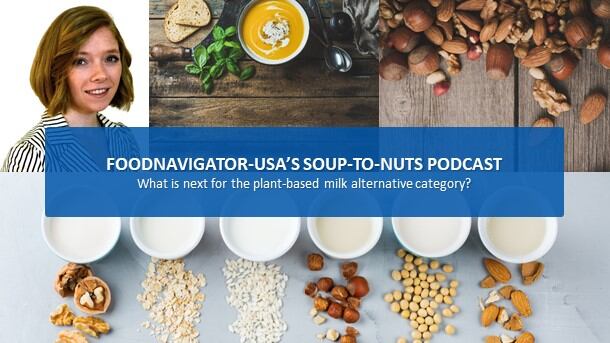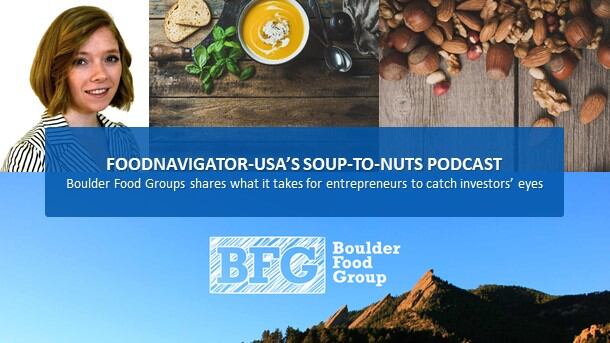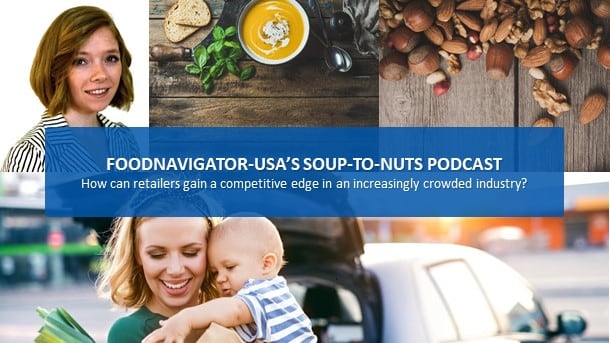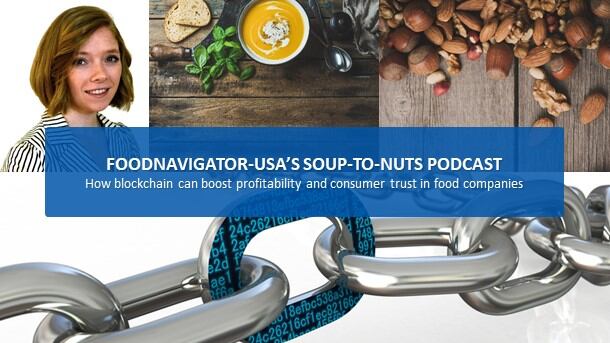According to Mintel data compiled for the Plant Based Foods Association last summer, sales of plant-based milk alternatives were up 9% in year ending June 16, 2018, reaching $1.6 billion and taking 13% of total milk sales. At the same time, cow’s milk sales were down 6%.
Another data analysis group, Report Buyer, predicts that globally the non-dairy milk market is projected to reach revenues of more than $38 billion by 2024, which represents a compound annual growth rate of more than 14% from 2018 to 2024.
Report Buyer also notes that for the first time last year, sales of almond milk in North America outpaced soy milk, an indicator that consumer preferences are changing.
And they will continue to change – forcing industry players to change too if they want to maintain the category’s current momentum and continue to steal market share from dairy milk, says Cheryl Mitchell, who was an early pioneer in developing plant-based milk alternatives and is now the head of research and development at the non-dairy beverage brand Elmhurst 1925.
In this episode of FoodNavigator-USA’s Soup-To-Nuts Podcast, Mitchell explores the history of non-dairy ‘milk,’ and the initial challenges manufacturers faced when creating the category. She also explains how and why modern consumers’ priorities for plant-based milk alternatives are evolving, and how manufacturers, such as Elmhurst 1925, are responding with new technology and a broader selection, which in turn is forcing retailers to reconsider their approach to the category.
Technological challenges hampered the initial creation of plant-based milks
Drawing on her experience helping Imagine Foods develop Rice DREAM nearly 20 years ago as one of the first major plant-based milk alternatives on the market, Mitchell explained that early pioneers in the category were hampered by technological limitations that forced them to compromise the nutritional value, flavor and texture of their initial offerings.
But, she added, consumers at the time didn’t care about those limits and were just excited to have a viable alternative to dairy milk that they could enjoy without compromising their own values about animal welfare, personal health and the environmental impact of what they consumed.
She explained that early production methods for plant-based milk alternatives required the ingredients to be heated in such a way that the protein and fiber aggregated – causing the liquid to “foul up” the processing equipment.
To solve this, early movers in the space used less of the key ingredients or chose variations that had less fiber and protein, such as white rice instead of brown rice. While this made the processing easier, it also meant adding back some of the missing nutrients, such as fats and stabilizers, and settling for products with less protein.
Unhappy with the idea that manufacturers needed to do more work for a lower quality finished product, Mitchell set about trying create a new method that allowed her to create a plant-based beverage that did no compromise on nutrition or flavor and also didn’t gum up the processing.
HydroRelease technology produces a more nutritious product
Over the course of the next 10 years, Mitchell worked with a team of experts at Elmhurst 1925 to create the HydroRelease technology, which allowed the manufacturer to use more of the source nut, seed or grain and create a more nutrient-dense finished product.
She explained that the technology works similar to a power-washer, which slowly strips layers off the surface so that each natural component was “liberated” rather than destroyed. This creates a soft ‘floaty’ fiber and a protein that naturally blend and stay suspended for a creamy mouthfeel that consumers want with the need for additional gums and stabilizers.
The technology not only allowed Elmhurst to capture more of the nutrients in the finished product, but to also create a beverage that was easier to digest.
“When we do the HydroRelease process and separate the protein from the fiber … the body is much more able to utilize that protein not only faster, but more efficiently than a grain, nut or seed that is used in cooking and where the protein and fiber interaction occurs and forms a really chewy aggregate,” she said.
The technology also allows Elmhurst to use a wider variety of base ingredients, including walnuts, hemp, chickpeas and peanuts – all of which offer different sensorial properties while still preserving the nutrition, according to Mitchell.
Non-nutritive non-dairy beverages may feel a squeeze in the future
As Elmhurst’s portfolio expands, so too are those of the competitors. And while retailers have, in general, opened more space for plant-based milk alternatives, there is still a limit on how many SKUs will fit on shelf.
Mitchell said Elmhurst currently is working to convince retailers that there is a notable difference between nutritive non-dairy beverages and non-nutritive non-dairy beverages, and that in the long-run consumers will want the more nutritious option – even if it is more expensive.
“Eventually … what people will want is more bang for their buck, as it were, for the nutrients that they are paying for in these types of beverages,” she said, adding, “I know that some people say, ‘Oh, but your product is so expensive,’ but the reality is what you are getting from a nutrient point of view, you are getting twice as much the value as you are from the non-nutritive almond beverages.”
As a result, she predicts the non-nutritive beverage set will shrink. However, she adds, that likely won’t be for a while and the category likely will remain large based on what is happening the crowded soup and water categories.
Innovating for the future
Even as Elmhurst and others fight for limited shelf space, Mitchell says the company continues to innovate new products and refine its beverages. For example, Mitchell says the company is exploring different plant blends to make beverages with a more complete protein.
The company also is exploring ways to use its by-products to make plant-based meat alternatives, such as “an outstanding chicken meat analogue” from the extra hemp protein extracted while making the hemp milk, according to Mitchell. Although she was quick to add that this far in the future as the brand can only do so much at one time.




